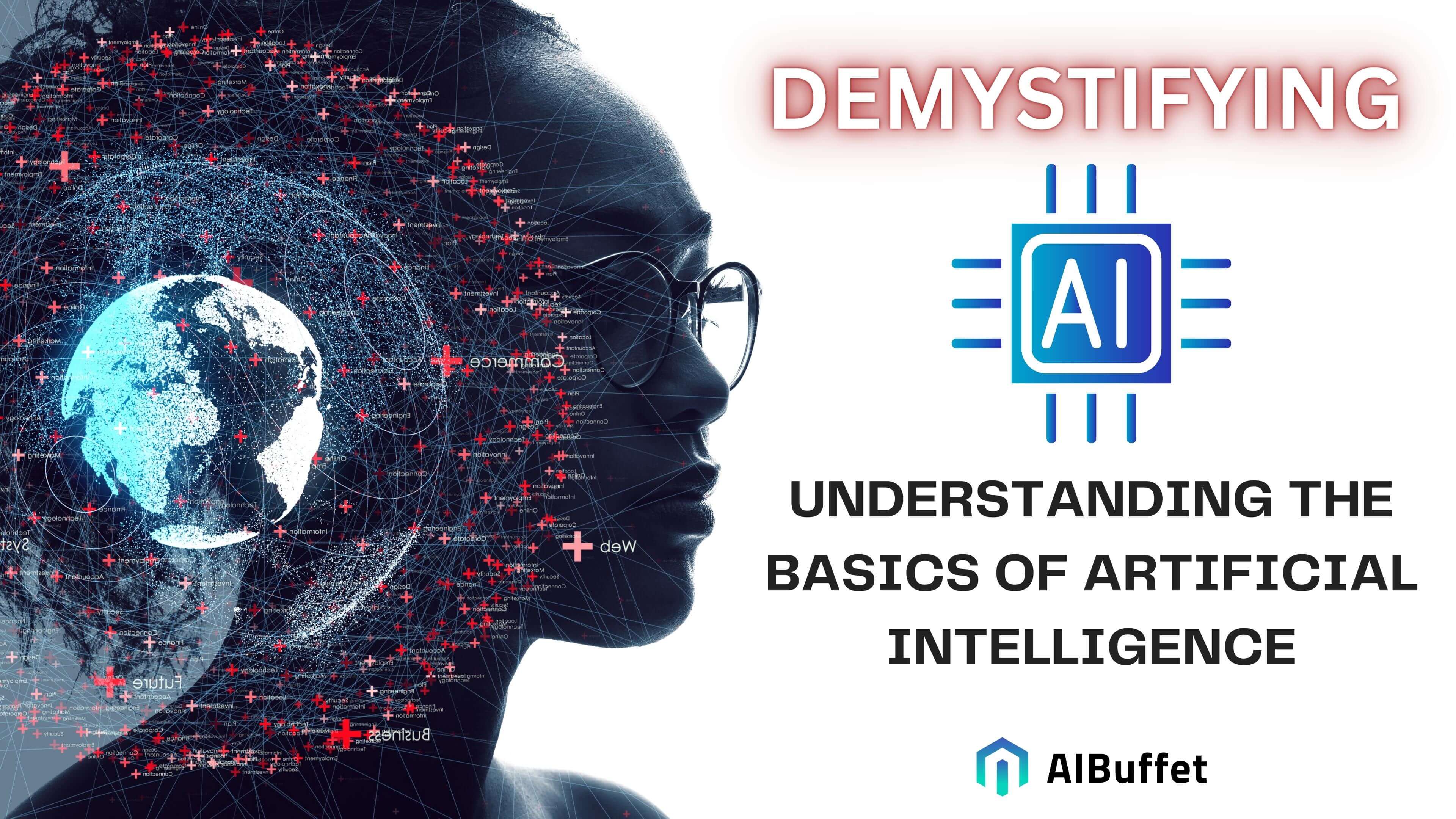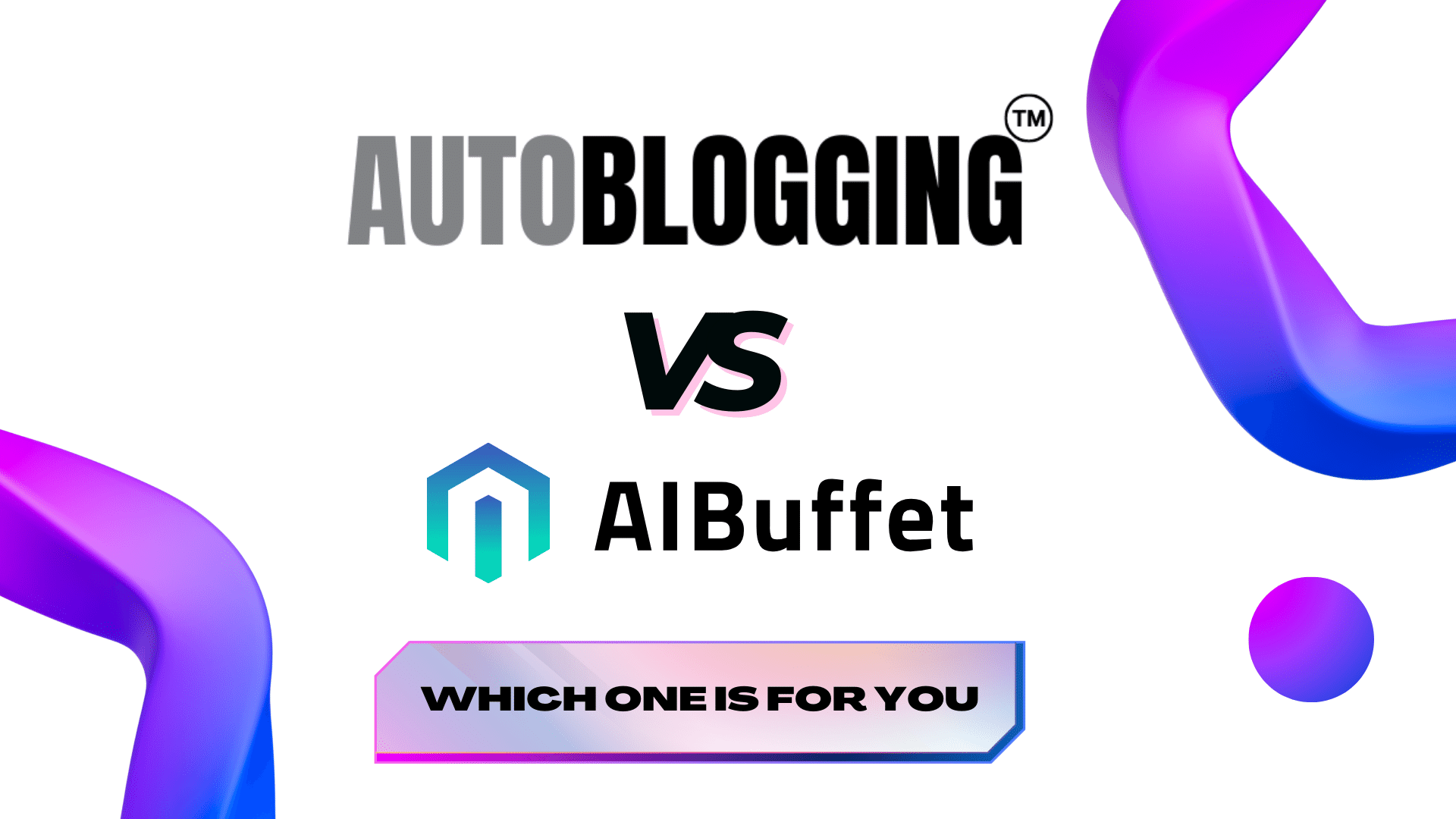
Introduction:
Artificial Intelligence (AI) has become an increasingly prominent topic in recent years, captivating both tech enthusiasts and casual observers alike. With its potential to revolutionize several industries, it's essential to understand the basics of AI to navigate through this new and exciting era. In this article, we'll break down the fundamentals of AI in a witty and straightforward manner, demystifying this fascinating technology.
Demystifying AI?
Artificial Intelligence is a branch of computer science that focuses on creating intelligent machines that can perform tasks that would typically require human intelligence. These tasks include problem-solving, learning, language processing, decision-making, and even perception.
The Two Types of AI: Narrow and General AI
AI can be classified into two primary types: Narrow AI and General AI. Narrow AI, also known as weak AI, is designed to perform a specific task efficiently. For example, voice assistants like Siri and Alexa are examples of narrow AI. They can understand your voice commands, answer questions, and perform various functions, but they lack broader capabilities.
On the other hand, General AI, also called Strong AI, aims to possess human-like intelligence, with the ability to understand, learn, and apply knowledge to multiple tasks. General AI, while still in its infancy, holds immense possibilities for the future and is often the focus of discussions about the potential risks and rewards associated with AI.
Machine Learning: The Driving Force Behind AI
Machine Learning (ML) is a subset of AI that empowers computers to learn and improve from experience without being explicitly programmed. Simply put, it's about teaching a computer how to learn on its own. By providing large amounts of data combined with algorithms, ML enables computers to analyze patterns, make predictions, and continuously refine their performance.
Deep Learning and Neural Networks
Deep Learning is a subfield of ML that utilizes artificial neural networks, modeled after the human brain, to recognize patterns and solve complex problems. It enables computers to understand and learn from unstructured data such as text, images, and voices, enabling advanced applications like facial recognition, natural language processing, and autonomous driving.
Applications of AI
AI has found its way into various industries, transforming the way we live and work. Some of the most notable applications include:
1. Healthcare: AI can assist doctors in diagnosing diseases, analyzing medical records, and even suggesting treatment plans based on historical data and research.
2. Finance: AI algorithms are used to analyze vast amounts of financial data to identify patterns and make predictions for investment decisions.
3. Manufacturing: AI-powered robots and automation streamline production processes, increasing efficiency and reducing costs.
4. Customer Service: With the help of AI chatbots, businesses can provide round-the-clock support, answering customer queries and resolving issues promptly.
Conclusion:
Understanding the basics of Artificial Intelligence is crucial in today's technology-driven world. From narrow AI applications like voice assistants to the endless possibilities of General AI, demystifying Artificial Intelligence helps us embrace its benefits while being mindful of the challenges it may present. As we continue on this exciting journey, let's strive to utilize AI to enhance our lives while ensuring ethical guidelines are in place to shape its development and use.
So, the next time you hear about AI, remember that it's not just a sci-fi concept but a fundamental part of our present and future, making our lives better, brighter, and undoubtedly a tad more interesting!

